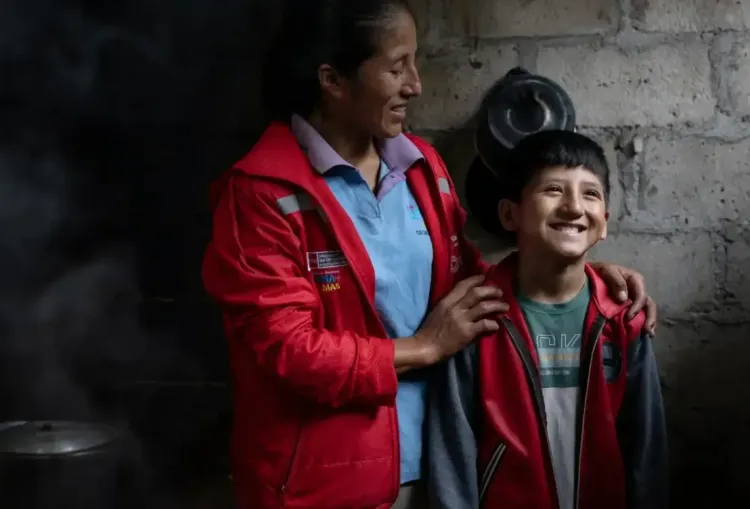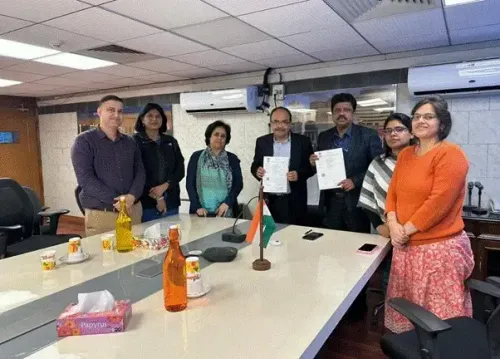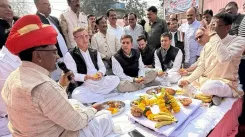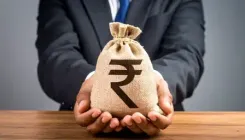What Significant Progress Has India Made in Poverty Reduction?

Synopsis
Key Takeaways
- India's poverty rate has significantly decreased in recent years.
- Flagship programs have greatly enhanced investments in children's welfare.
- Social protection coverage has expanded to cover a larger portion of the population.
- UNICEF's report underscores the importance of prioritizing children's needs.
- India is on track to achieve global sustainable development goals.
New Delhi, Nov 20 (NationPress) UNICEF has recognized India for its remarkable advancements in alleviating poverty, highlighting how the nation’s key initiatives have bolstered investments in children's welfare, as stated on Thursday.
The UN agency's pivotal report, The State of the World's Children 2025, reveals that over 20% of children in low- and middle-income nations, totaling around 400 million worldwide, suffer from deprivation in at least two essential areas crucial for their health, development, and overall wellbeing.
Across the globe, countless children still face challenges in accessing basic services such as education, clean water, safe sanitation, housing, health, and nutrition. This deficiency exacerbates inequality, hampers growth, and undermines the societal structure, leaving lasting repercussions that can span generations.
“India has achieved noteworthy progress in reducing poverty, with flagship initiatives fostering investments in children, positioning India on a path towards meeting SDG 1.2 ahead of the 2030 target,” remarked Cynthia McCaffrey, UNICEF India Representative.
The report highlighted key programs including Poshan Abhiyaan, Samagra Shiksha, PM-KISAN, Mid-Day Meal Scheme, Beti Bachao Beti Padhao, Swachh Bharat, Jal Jeevan Missions, and India's world-leading digital public infrastructure. Together, these initiatives have created a comprehensive approach to delivering nutrition, education, income support, sanitation, and financial inclusion on a large scale.
As the world's most populous nation, India is home to approximately 460 million children below the age of 18.
According to the National Multidimensional Poverty Index (MPI) by Niti Aayog, India has helped 248 million citizens, including children, emerge from multidimensional poverty between 2013-14 and 2022-23, with the national MPI rate decreasing from 29.2% to 11.3%.
The nation has also significantly expanded social protection coverage, increasing from 19% in 2015 to 64.3%, benefitting 940 million citizens by 2025, alongside continuous investments in social sectors that have fueled this progress in poverty alleviation.
“This report serves as a reminder that eliminating child poverty is within our reach with the right tools and knowledge. There is no investment with a greater return than one in children. India's advancements indicate that further acceleration of effective programs can assist in reaching the final goal and achieving India’s Vision 2047. Enhancing children's wellbeing transcends mere resources; it requires a collective commitment and leadership to prioritize children in every decision,” McCaffrey concluded.









